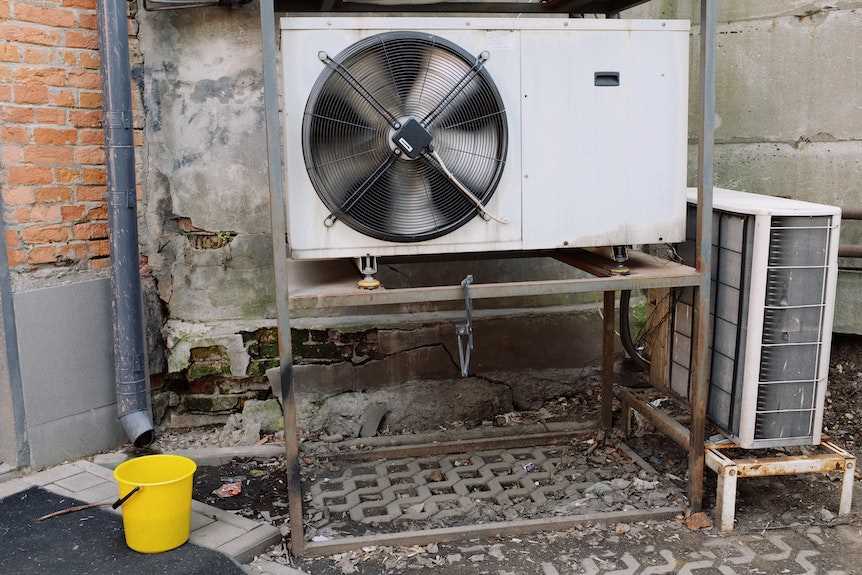Samsung Air Conditioner Error Codes Troubleshooting

Welcome to our comprehensive troubleshooting guide for Samsung air conditioner error codes.
As a trusted resource for all your HVAC needs, we understand the importance of identifying and resolving common error codes that may affect your Samsung AC unit.
Our knowledgeable experts have compiled valuable information and step-by-step troubleshooting tips to help you navigate through these codes with ease.
By equipping yourself with this knowledge, you can confidently address any issues that arise and ensure optimal performance from your Samsung air conditioner.
Let’s dive into this informative guide and conquer those error codes together.
Key Takeaways
- The E1/21 error code indicates a room temperature sensor failure and troubleshooting involves replacing the faulty sensor.
- The E1/22 error code appears when the heat exchanger temperature sensor fails, and troubleshooting requires contacting Samsung for sensor replacement.
- The E1/54 error code indicates a failure in the capacitor or fan motor, and troubleshooting involves testing and replacing the faulty component.
- The E1/63 error code is caused by a corrupted EEPROM and troubleshooting includes attempting a reset or contacting Samsung for assistance.
Error Code E1/21: Room Temperature Sensor Fault
In the context of the knowledge about Samsung air conditioner error codes, the current discussion topic is the error code E1/21, which indicates a room temperature sensor fault. When this error occurs, the AC is unable to properly cool or heat the room.
Troubleshooting involves replacing the faulty room temperature sensor. It is crucial to contact the nearest Samsung service call or dealer for technical assistance, as the replacement should be done by a professional.
Additionally, it is important to mention the subgroup related to the heat exchanger temperature sensor, which is error code E1/22. This error appears when the heat exchanger temperature sensor fails, causing the AC to struggle to effectively heat or cool the space.
Troubleshooting for this issue also requires contacting the nearest Samsung service or dealer for sensor replacement if necessary.
Error Code E1/22: Heat Exchanger Temp Sensor Fault
The error code E1/22, indicating a heat exchanger temp sensor fault, requires contacting the nearest Samsung service or dealer for troubleshooting and potential replacement.
When encountering this error, it is important to follow proper troubleshooting steps to resolve the issue with the heat exchanger temperature sensor.
To troubleshoot heat exchanger temperature sensor errors, start by checking the connections and wiring of the sensor. Ensure that there are no loose or damaged wires and that the sensor is properly connected. If the connections are secure, the next step is to inspect the sensor itself for any signs of damage or malfunction.
Common causes of heat exchanger temperature sensor failures can include sensor damage due to physical impact, sensor corrosion due to moisture or condensation, or sensor malfunction due to electrical issues. To prevent these failures, it is recommended to regularly inspect and clean the heat exchanger and surrounding components, ensuring that there is no debris or moisture buildup. Additionally, proper maintenance of the air conditioning system, including regular filter cleaning and inspection, can help prevent sensor failures.
Error Code E1/54: Bad Capacitor or Fan Motor
One possible cause of error code E1/54 in a Samsung air conditioner is a faulty capacitor or fan motor, which can result in the AC’s inability to blow cold air.
Troubleshooting steps for testing capacitor and fan motor functionality can help identify and resolve the issue.
To test the capacitor, use a multimeter to check if it is holding a charge and if its capacitance is within the specified range. A faulty capacitor may show low or no charge, or capacitance outside the acceptable range.
To test the fan motor, check for any visible physical damage or burning smell. Additionally, measure the motor’s resistance using a multimeter. A significantly higher or lower resistance than the specified range indicates a faulty motor.
Common signs and symptoms of a faulty capacitor or fan motor in Samsung air conditioners include the AC not blowing cold air, unusual noises, and intermittent operation.
If any issues are detected, it is recommended to replace the faulty component or contact Samsung for further assistance.
Error Code E1/63: Bad EEPROM
A Samsung air conditioner may display the error code E1/63, indicating a bad EEPROM, which can result in the loss of stored information and require troubleshooting or contacting the nearest Samsung service center.
- Troubleshooting steps for error code E1/63:
- Start by resetting the EEPROM on the air conditioner.
- To reset the EEPROM, turn off the AC and unplug it from the power source for a few minutes.
- Plug the AC back in and turn it on to see if the error code has cleared.
- If resetting the EEPROM does not resolve the issue, contact the nearest Samsung service center for further assistance.
- The service center will be able to diagnose the problem and provide the necessary repairs or replacements to fix the bad EEPROM.
Remember to always follow the manufacturer’s instructions and consult a professional technician if you are unsure about performing any troubleshooting steps yourself.
Common Questions and Troubleshooting Tips for Samsung Air Conditioner Error Codes
While troubleshooting Samsung air conditioner error codes, it is important to address common questions and provide troubleshooting tips for effective resolution.
One common question is how to reset a Samsung AC and clear error codes. To reset the AC, turn it off and unplug it for at least 10 seconds. Then, plug it back in and turn it on. This should clear any error codes.
Another common issue is a bad odor in Samsung AC units. Common causes of bad odor include dirty filters, mold or mildew growth, or stagnant water in the unit. To eliminate the odor, clean or replace the filters regularly, use a disinfectant spray or solution to clean the unit, and ensure proper drainage to prevent water buildup.
Following these troubleshooting tips can help resolve common issues with Samsung air conditioner error codes.
Frequently Asked Questions
Can I Fix the Room Temperature Sensor Fault Error (E1/21) in My Samsung Air Conditioner by Myself?
Yes, you can attempt DIY troubleshooting for the E1/21 error code in your Samsung air conditioner. However, it is recommended to contact a professional for technical assistance and to ensure proper replacement of the faulty room temperature sensor.
How Can I Determine if the Heat Exchanger Temperature Sensor Is Faulty in My Samsung Air Conditioner (E1/22 Error Code)?
Determining if the heat exchanger temperature sensor is faulty in a Samsung air conditioner (E1/22 error code) requires troubleshooting and professional assistance. Troubleshooting involves contacting the nearest Samsung service or dealer to inspect and replace the sensor if necessary.
Is It Possible to Repair the Capacitor or Fan Motor Myself if I Encounter the E1/54 Error Code in My Samsung Air Conditioner?
Repairing the capacitor or fan motor yourself is not recommended for the E1/54 error code in your Samsung air conditioner. Troubleshooting involves testing the capacitor’s leads continuity and inspecting the motor for breaks. If either component is faulty, it should be replaced or Samsung should be contacted.
What Should I Do if I Receive the E1/63 Error Code Indicating a Bad EEPROM in My Samsung Air Conditioner?
How to troubleshoot the E1/63 error code in a Samsung air conditioner? What are the common causes of this error? If encountering this error, attempt a reset. If the issue persists, contact the nearest Samsung service center for assistance.
Are There Any Other Common Error Codes in Samsung Air Conditioners That Are Not Mentioned in the Article?
Yes, there are other common error codes in Samsung air conditioners that are not mentioned in the article. Troubleshooting tips for these error codes can be found by referring to the provided list of error codes or contacting the nearest Samsung service center.
Conclusion
In conclusion, understanding and resolving Samsung air conditioner error codes is crucial for maintaining the performance of your unit. By familiarizing yourself with these codes and following the troubleshooting tips provided, you can potentially resolve common issues on your own.
However, if you encounter an error code that you are unable to troubleshoot, it is recommended to seek professional assistance. Contacting a Samsung service center or a qualified HVAC expert will ensure that the problem is addressed correctly.




1 Response
[…] Check other Troubleshooting steps: Samsung Air Conditioner Error Codes Troubleshooting […]